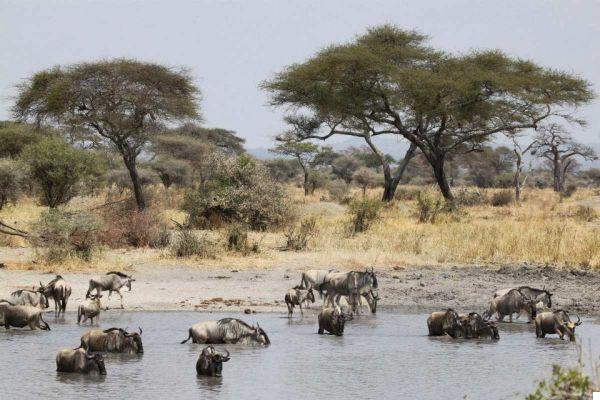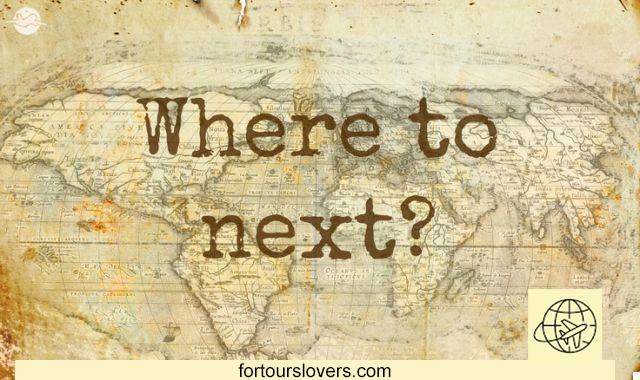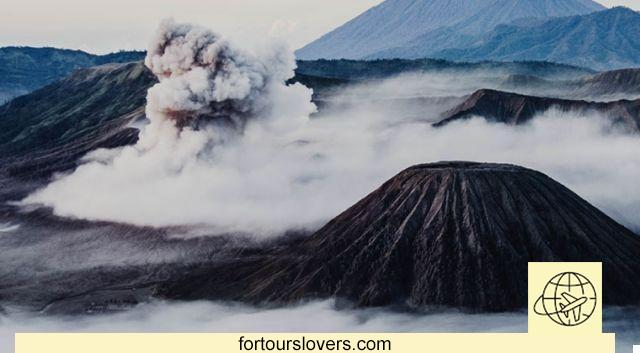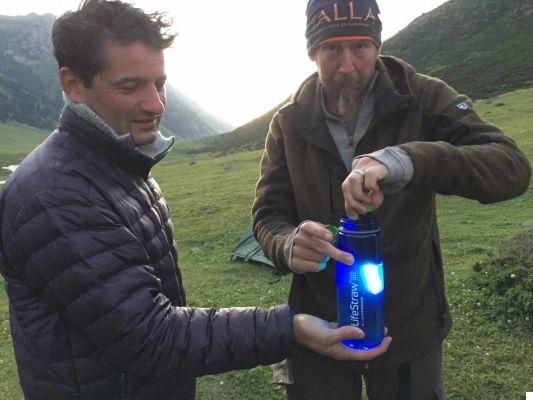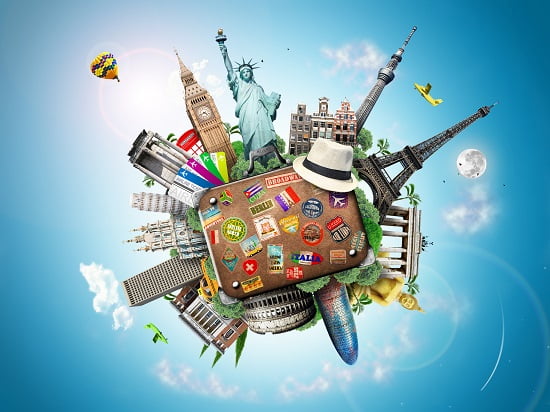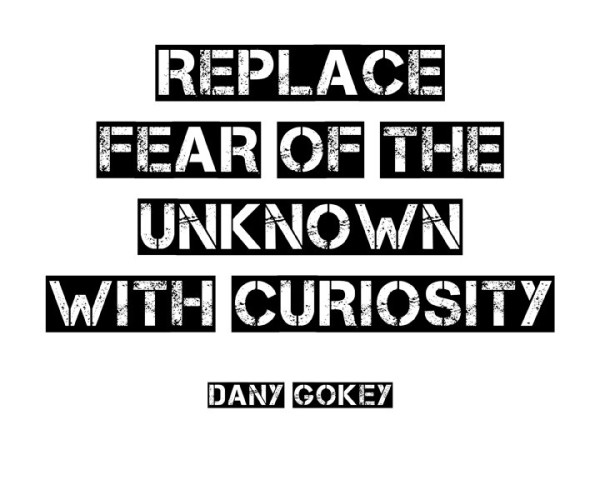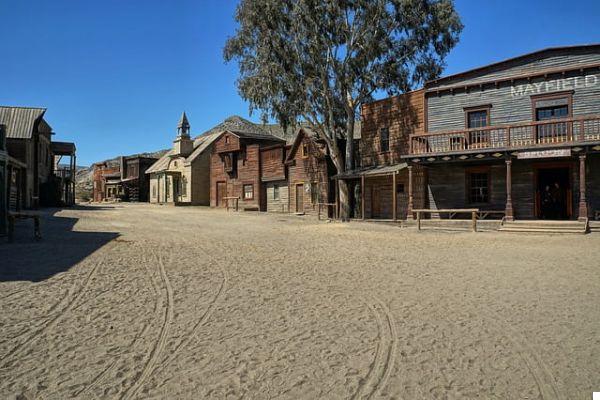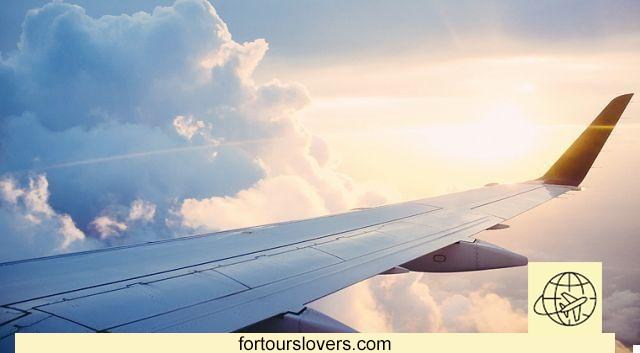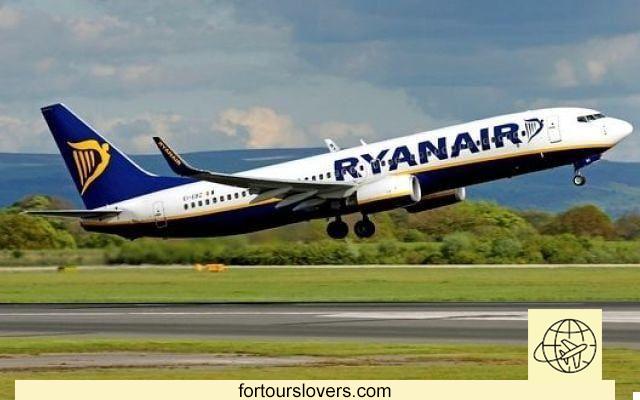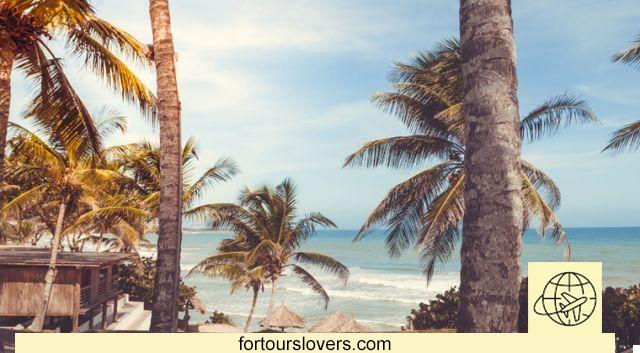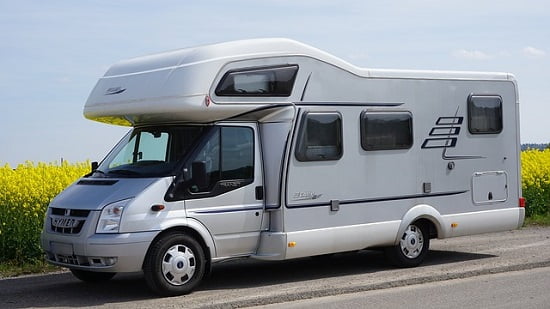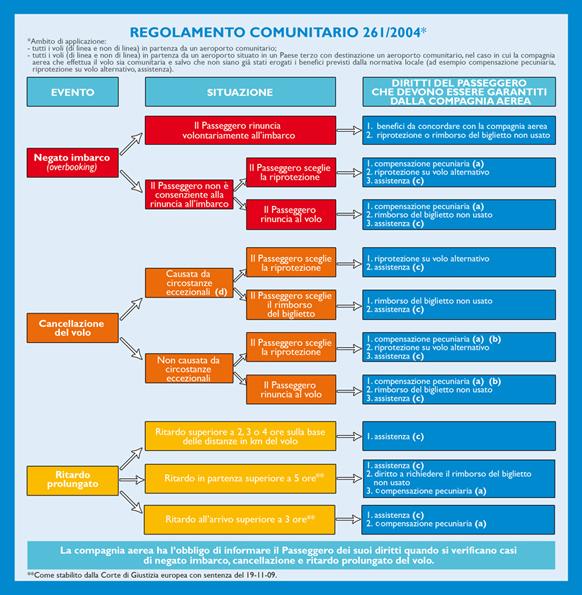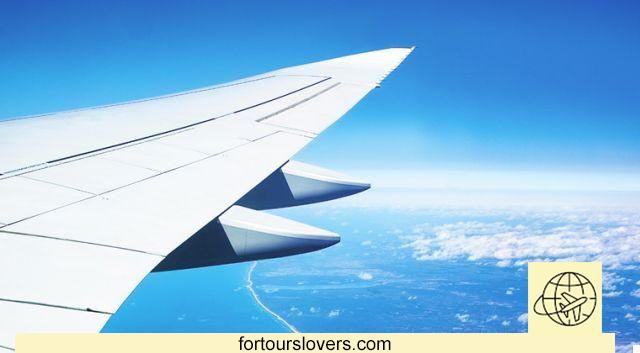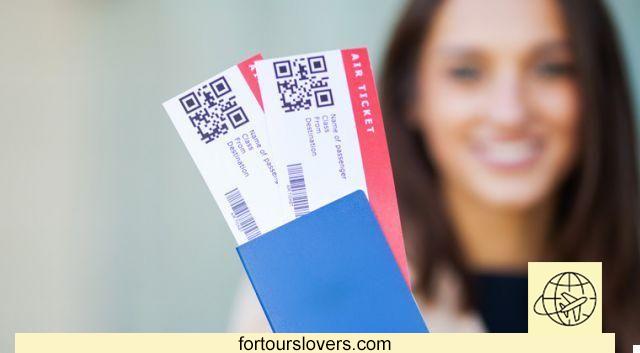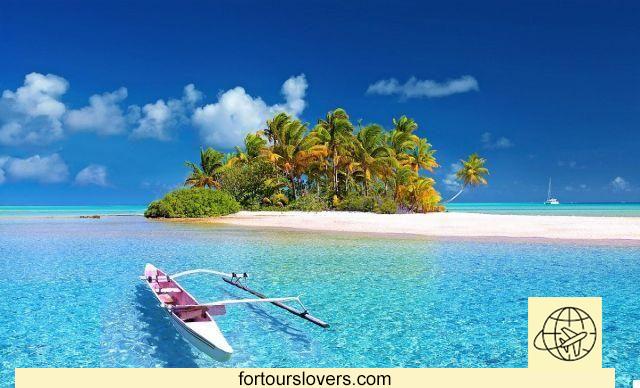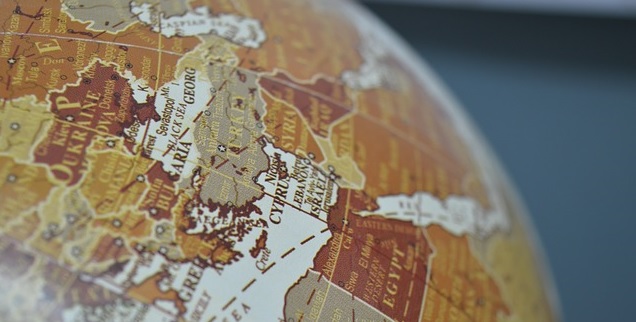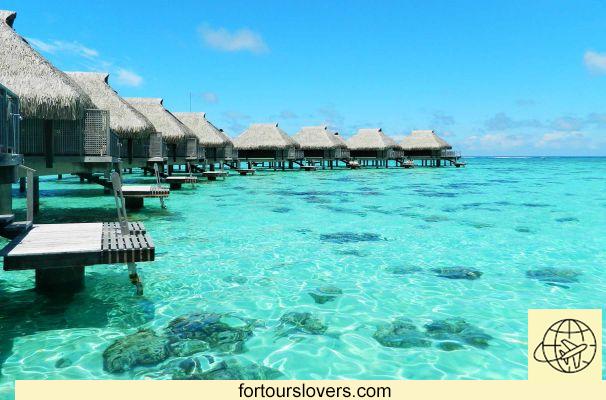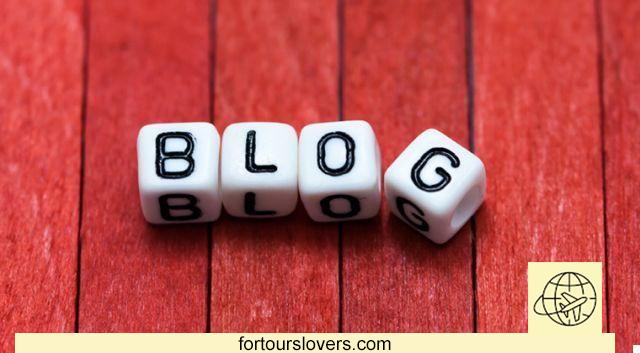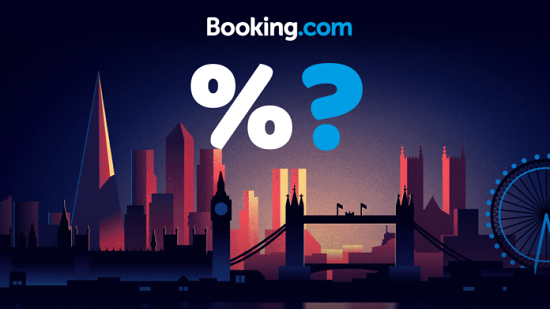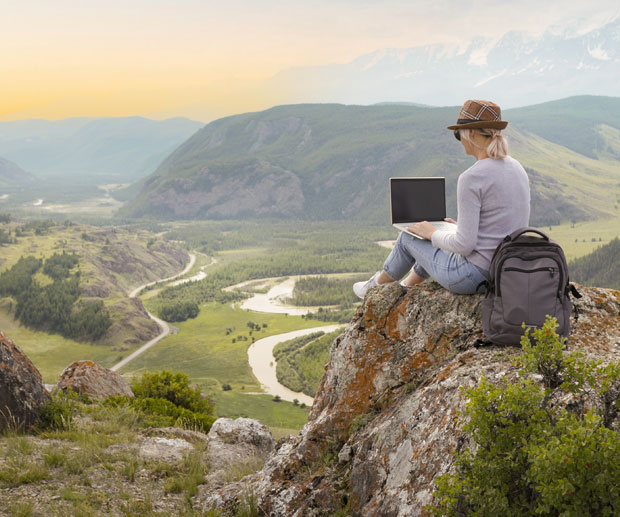There are three questions travelers usually ask themselves before a trip to Africa. First, what kind of vaccinations should they do. Secondly, what to wear on safaris in Africa. And thirdly, what kind of photographic equipment should I bring for an African safari. This post is about the latter - the best photographic equipment for a safari.
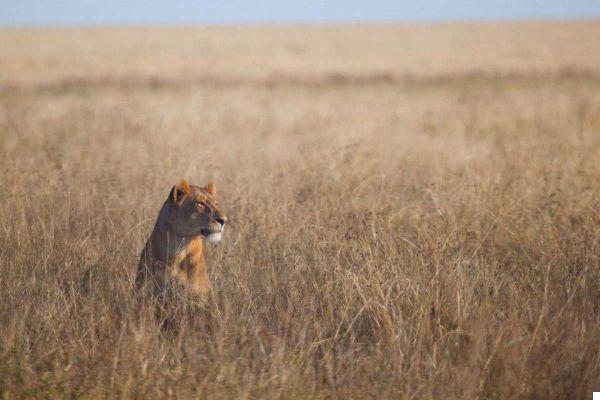
There are few things in life that have really made me move to the point of melting into tears. One of these was book my first safari in Africa: my heart was beating fast and my adrenaline pumped.
I was not born into a family that allowed me to travel to very remote parts of the world since I was a child. My parents traveled a lot, but for both financial reasons and my dad's health, family travel was confined to our beautiful Europe.
Then I grew up and, thanks to the fact that today traveling is much more affordable for everyone, I finally had the opportunity to book my first safari.
A trip to Africa with a safari is not something you do every day and my first time didn't even seem to be true that I would finally see everyone those fantastic animals that had populated my biggest dreams since I was a child.
I kept repeating myself: "Oh my God, am I really going to go on a safari?"
Immediately after booking the flight, a thousand questions started spinning in my head: what should I bring, what vaccines should I do, that photographic equipment is the best for a safari?
The last weeks before departure I still remember them well: the failed attempt to do anti-malarial prophylaxis with Lariam (in the end I chose Malarone) with consequent lucid dreams and indescribable mood swings, endless searches on the internet, appointments at the ASL traveler's desk for recommended vaccinations.
The search for "travel companions with whom to share the costs" on foreign sites and forums, choosing the right agency. In short, organize mine trip to Tanzania do it yourself and the safari was not one of the easiest trips of my life.
In all this vital hustle and bustle one of the things that gripped me most was the search for the right one photographic equipment for the safari. I kept asking and talking to myself:
Martina, you want to go to Africa to see the lions and not take home at least one decent photo? But what "a decent photo (maybe made for the ass)", I have to take home at least 100 decent, when I get a chance like that? Oh no, we don't really talk about it, I have to bring the right photographic equipment!
The research was long and in hindsight I'm happy I made the right choices.
No more chatter then (sometimes I get lost in romantic speeches), this post was created to tell you which photographic equipment you should bring in a safari.
- Safari camera
- The best safari lens
- The best filters for a safari
- Other essential things to bring
- Optional equipment
- My safari camera gear
- Safety: that is, keeping your photographic equipment safe
Safari camera
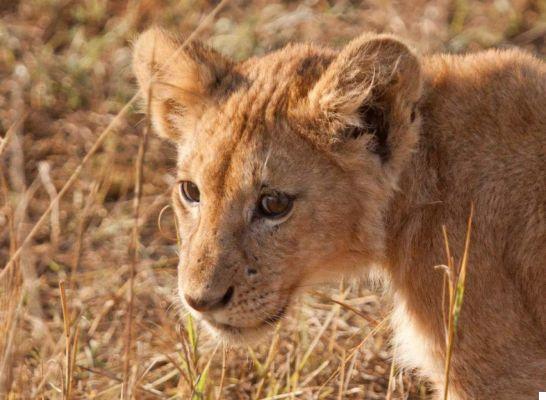
I will not go into too much detail of the right car to bring also because there are countless cameras on the market and new ones are coming out all the time.
Any digital SLR camera manufactured in recent years is capable of taking excellent photos of wild animals and you do not need to buy the most expensive camera on the market to take beautiful photographs.
A great choice, however, is a mirrorless camera like mine Sony Alpha 7M2K because, in addition to being a very high quality camera, it has an excellent price / weight / resistance ratio.
Having a reflex camera, however, is the bare minimum: to take beautiful photos on a safari you must be able to seize the moment and therefore in a nutshell what you need is the speed of focus and shutter.
Ok for a panorama you can use your mobile phone because the panorama is always there, but if you have to photograph an animal, maybe a predator attacking its prey? Or do you have to photograph a leaping gazelle?
A second more or less really makes a difference. What you basically need is a camera that focuses quickly and shoots the moment you press the shutter and not a second later.
During a safari, another thing you need to know is that there is a lot of dust, dirt and wind. So try to bring a camera body that is air-conditioned and dustproof. It doesn't matter if it's a full-frame body or not. The important thing is to protect it.
The smartest choice would actually be that of bring at least 2 camera bodies with you and this mainly for three reasons:
1 - If your camera breaks what do you do on the first day? I assure you that the blow to the heart will be infinite. You have to leave indeed it is the first day of a safari (maybe 10 days) and you cannot take pictures because your camera has decided not to turn on anymore. Help!
2 - Dust gets in everywhere, it is therefore better to have two bodies that mount different optics, so as not to have to change lenses. In fact, the risk is that your sensor will be damaged because it enters the earth.
3 - Depending on the photo you want to take it is absolutely more comfortable have the focal length available immediately you need without wasting precious time changing it. Even in this case, the rule of being able to seize the moment applies.
As mentioned it is not that important, unless you are a professional, what kind of camera you have, whether full-frame or not. The important thing is that you know your car well. Practice before you leave, at home with your cat or dog, or go somewhere to take some nature photos. And never forget to bring the instructions manual with you!
The best safari lens
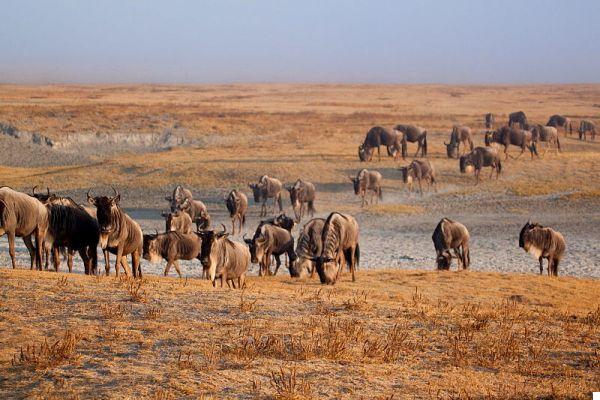
The goal is certainly the most important thing of a safari because having the right lens makes the difference both for the sharpness, for the focal length, for the speed. In short, thesafari lens is the thing you should be asking about more attention.
Ok there are some crazy optics for sale with a frightening definition (I've been drooling for years behind the Fixed Canon 400 f 2.8 but I will never be able to afford it) that the hairs of the lion's tail also mark you. We assume that you don't want to spend thousands of dollars to buy the perfect lens.
I super telephoto lenses with a focal length of over 300 mm are the best for most safaris in Africa. For full frame cameras, a focal length of 400mm or even more would be better.
Although fixed lenses are often used for wildlife, the versatility of zoom lenses makes them ideal for safaris: there is such a great variety of birds and mammals and at such varying distances that the zoom allows you to find an excellent compromise between quality. and comfort.
If you decide you want to photograph the safari carrying only one goal with you you should therefore bet as a minimum to a 70-200 mm or at a longer focal length, but the 70-200 is a very versatile lens that you will use a lot in the future in travel photography as well.
On the market there are also some at a low price, in practice you will give up some quality but you will save your wallet.
With me I brought the Canon 100-400 and I'm happy with my choice as it allowed me to photograph distant animals with good definition, but at the same time I managed to capture the details as well.
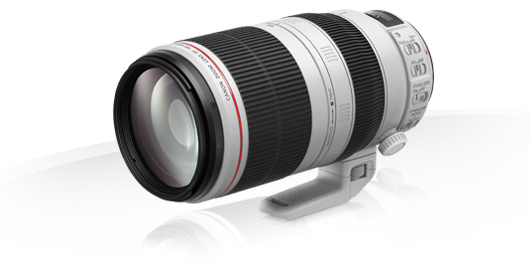
Un short lens in the range of 24mm to 70mm it is also a great option as it offers the opportunity to photograph wildlife in its environment by adding real context to an image. If you have the chance then bring that too.
Don't forget either super-wide lenses such as a 16-35mm or a 14-24mm for the landscapes (and in Africa they are truly exceptional).
Most wild animals (and especially predators) are most active early in the morning and late in the evening and that means you will have to fight with low light levels.
Lenses with larger apertures, such as f / 2.8, allow for much better photography in low light conditions. The problem is that the brighter a lens, the more it costs and to have certain types of lenses you really have to put your hand to your wallet as they are luxury items.
If you don't want to spend certain amounts you can increase the ISO and, unless you are a National Geographic photographer, you can reduce the "noise" in post production to an acceptable level.
The best filters for a safari
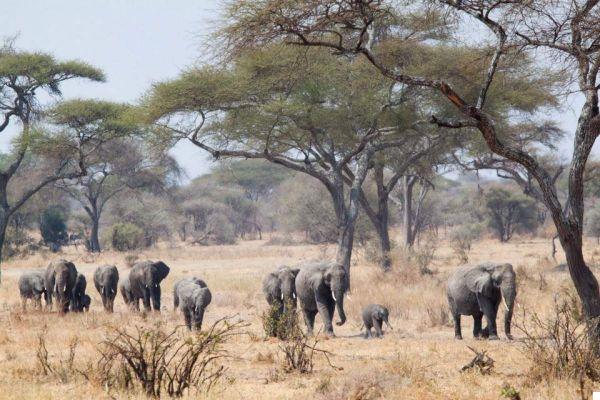
Although with the camera body and the lenses you can find acceptable compromises between expense / weight / quality, one thing you must NEVER forget are and filters.
There are tons of filters to choose from and with which you can achieve different effects.
What is absolutely essential is a glass filter and for a reason: it protects the lens from dust or scratches! In fact, during a safari never forget to protect your equipment which will inevitably be subjected to stress due to the travel conditions.
During safaris there is often a lot of light so consider an ND filter. There are tons of them on the market, but me I'm fine with Hoya filters to different gradations.
They don't cost much, are compact (you can easily slip them into any bag) and do their (dirty) job. Ok I'm not the Lee faded, but they have an excellent quality / price compromise.
You can also take a polarizing filter which in certain conditions helps to saturate the colors (makes the sky bluer) and to remove any reflections.
Other essential things to bring
Bag of beans
Generally, safaris are done aboard a jeep with a sunroof from which you will pop out to take the best pictures. Spending so many hours on your feet and with equipment that will inevitably be heavy will be tiring. The bean bag is a genius. You can place it on the upright of the car thus reducing the weight of the equipment and making it more stable.
There are other things you can use (even a rolled up hoodie) but the bean bag is the best. Meanwhile, you can take it empty and fill it when you get there. You can fill it with beans, rice, kernels, in short, anything. Do it and you will not regret it.
Photographic backpack
Lo photographic backpack it is essential to safely store all your equipment.
On safaris, you often travel long distances on dirt roads full of holes that will inevitably make you jump on the seat, spitting out a piece of soul every time.
A nice padded backpack like this one keeps your equipment in order and protected from the blows to which it will inevitably be subjected. There is there are loads of them on the market, but in my opinion the best are those that also have a compartment for your personal things, such as a jacket or a bottle of water, a wallet or cell phone.
Camera cleaning kit
During safaris, it will be really necessary to clean all your gear from dust every night. Do not use Kleenex tissues as you may scratch the lens with an invisible speck of dust.
The best thing is use a small air blower and a brush to remove the finest dust without running the risk of ruining your equipment.
The blower and brush also allow you to remove dust from the grooves and attachments. HERE you will find several cleaning kits for your reflex.
Batteries, memory cards and backups
I don't know how many photos you will take, but I'm sure of one thing: you will make more of it than you now imagine. Just to be clear, I took more than 4 photographs in 3.500 days.
Brings many memory cards. I also recommend you a hard disk for back-up of the photos so you have a double copy (on the card and hard disk, for safety).
Also for what concerns the camera batteries you should bring at least two. It is true that in the evening you can recharge them at the campsite or in the lodge (and some jeeps have a system to load them even on board the car) but if something happens it's always better to have them.
For safety I had several that I loaded well at the beginning of the trip. And I've used them all since I took tons of photos.
Optional equipment
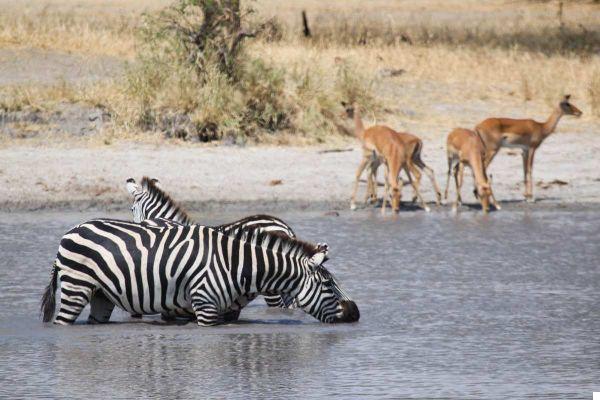
There are other things that you can bring but of which in my opinion you can easily do without (then it depends on which safari you will do and above all on how much weight and bulk you are willing to bear).
One of them is the tripod or single foot that, staying in the car all day, you will use very little and at most it could be useful for the night views from the campsite or lodge (but you can easily find another point of support, however it is not essential).
You will never use the flash: you can not flash animals at night and during the day you do not need it, in short, you do not do anything with it.
Gopro o altre action camera: unless you want to photograph your group inside the jeep or take a selfie so it could be useful then, for animals you will not use it!
My safari camera gear
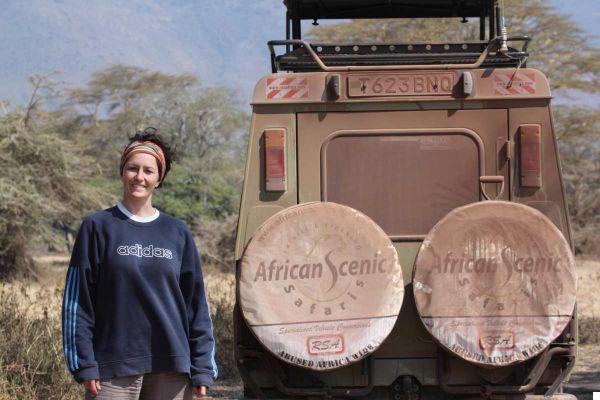
"Okay Martina, so far all beautiful and all cool, but what did you bring in the end?"
If you are asking yourself this question, you will find my equipment below!
- Machine bodies: Canon 5 D Mark II (now old but I'm fond of it and it's practically an extension of my arm) and the most recent mirrorless Sony A7 III
- lenses: Canon 100-400, Sigma 10-20, Canon 24-105 f 4
- Easel: Benro Travel Angel in carbonio, very light, the best travel tripod I have ever had but which I used very little on safari
- Memory cards: I generally prefer to have multiple but small cards. This is to avoid that if one breaks I lose 64 gb of photographs. I had with me: 4 16GB cards, 3 32Gb cards, 2 8Gb cards, 1 1GB card
- Battery: 3 batteries for the Canon, 2 batteries for the Sony
- Power adapter (very important, think if you can't charge anything because the electrical sockets are different. I have a universal one like these on Amazon)
- 3 ND filters from Hoya
- 1 glass filter
- 1 cleaning kit for cameras
- Bag of beans
- 1 polarizing filter
Safety: that is, keeping your photographic equipment safe
In general, the safaris organized with the agencies are al 100% safe for your photographic equipment.
If, however, in addition to the safari you are planning to tour the country in a do-it-yourself way in maybe sui public buses (and this goes for a lot of other trips, not just Africa) please note that photo backpacks in particular attract the attention of thieves and pickpockets.
The shrewd and long-eyed ones recognize a camera backpack 1km away and know very well that there are precious things in there. Opt for an inconspicuous backpack (look at this to get an idea), or if you can't do without it, buy a bag to put on it so that it is not immediately recognizable!
If you turn with the camera in the wind (you can't help it) try to disguise it to make it look old and broken. Many pickpockets steal and then resell so their thought will be: it's broken, it's worth little.
I use this method on all my travels: scotch attack and various patches on the camera and lenses so that they look old and run down. It doesn't always work, but it's an extra precaution.
Furthermore I try to cover the brand. A Canon is more attractive than an unbranded camera. With a black marker I try to disguise the brand well (at least you can't see it from a distance) and then at home I clean it with a little alcohol.
In general the rule applies (as they say in some South American countries): "Do not give papaya" which essentially means that you shouldn't show something "sweet" outdoors (a phone, a computer, your photographic equipment…) and that someone might be tempted to want to rip you off.
Don't photograph people, unless you have asked for their permission and have had their consent. It is easy for someone to decide to punch you or throw stones at you.
I believe at this point I have given you enough information aboutsafari photographic equipment, but if you have any more tips leave them in the comments, they will be useful to other travelers!




